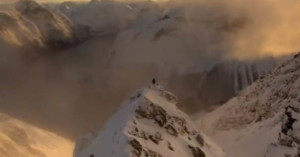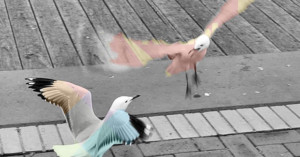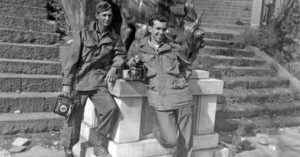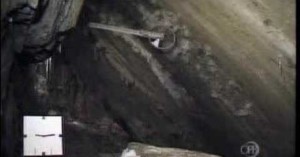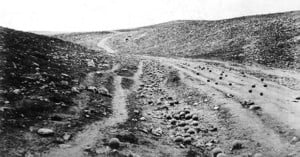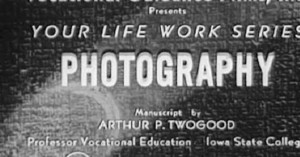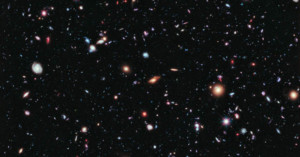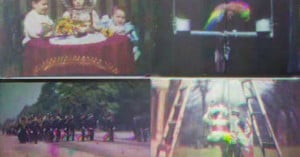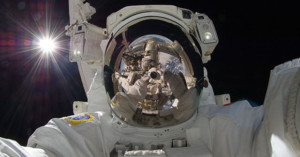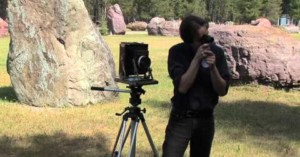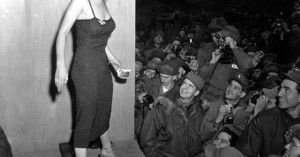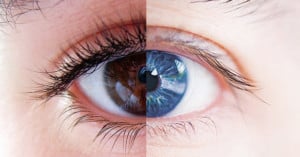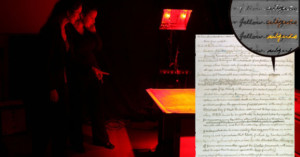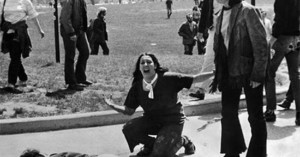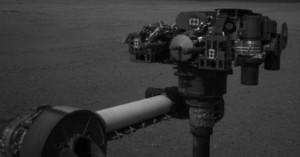
Why Photographing Gorillas in the Wild Takes a Huge Amount of Guts
Want to see what it's like to photograph wild gorillas up close and personal? Check out the clip above from the 1974 documentary Gorilla by Dieter Plage. It shows Belgian photographer and conservationist Adrien Deschryver in heart of Kahuzi-Biega National Park in Zaire, snapping pictures of gorillas from a short distance away.
In dramatic scenes the tale of an abandoned baby is shown in heart-stopping detail. Brought into the forest by Deschryver to help it adjust to its natural habitat, it begins to scream when it hears other gorillas, and is subsequently snatched from him by the dominant silverback. Stunning photography captures the sheer force of the silverback’s intimidating demonstration before he grabs the youngster.
Deschryver demonstrates one of the things you learn in Photographing Gorillas 101: don't run when they charge.




